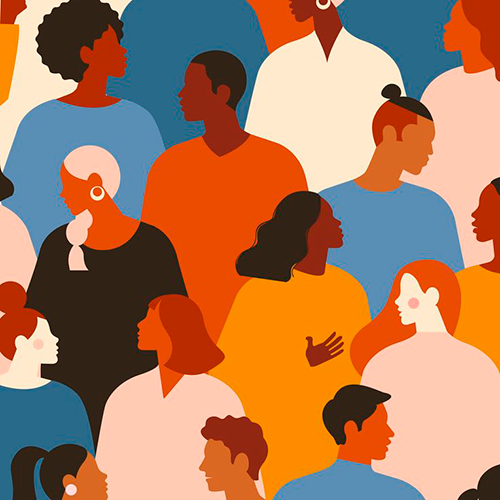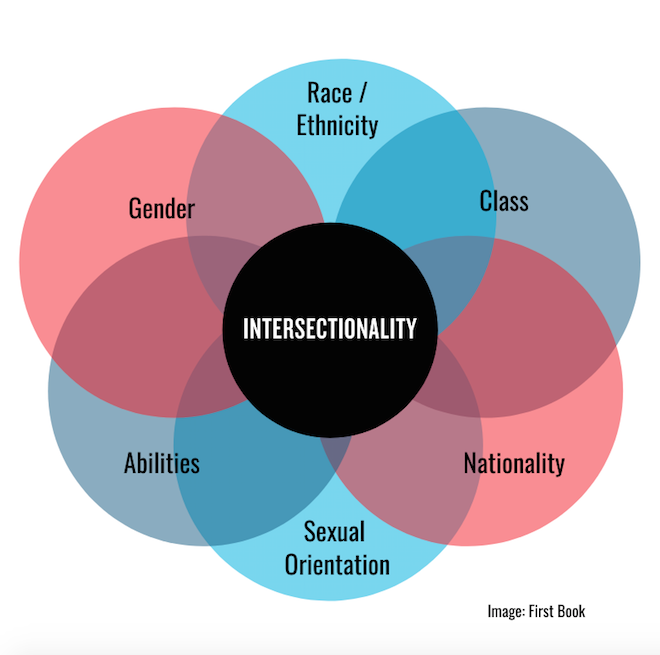Why is it important to recognise that diversity is more than gender in the workplace?

Diversity in the workplace is about more than the two binary genders - men and women!
Diversity simply means variety or difference. In a workplace context, we often talk about diversity among employees or management, a diversity that should reflect the surrounding society.
Diversity incorporates all the elements that make us unique from each other as humans, and although there are endless differences in people, diversity is most often defined by a few social categories, such as; gender, race, age, sexual orientation and disability.
In Denmark, the Discrimination Act enforces that there must be no direct or indirect discrimination in the labour market on grounds of race, colour, religion or belief, political opinion, sexual orientation, age, disability or national, social or ethnic origin.
Visible and invisible diversity markers
Diversity can be visible to the eye or invisible. In a Danish context, we often focus on the visible diversity factors such as gender, age and skin colour. But if we want to create inclusive work environmentswhere all forms of diversity can be seen as a strength for the company, we also need to recognise the invisible diversity factors.
The diversity iceberg below shows that diversity is more than gender. Here we see the many forms of diversity a person can be made up of.
The conditions that lie above the surface are the visible ones, while those below the surface are the invisible ones:

The overlap of diversity
Now we have established that diversity is more than gender. People are complex and are made up of several diversity factors at once, for example. a black disabled man or a young woman with ADHD.
This means that we cannot look at diversity factors in isolation, but have to look at the overlap when we talk about discrimination on the basis of diversity. Because nobody's experience of discrimination will be the same, as the discrimination will overlap with other forms of discrimination or prejudice.
The concept that covers this is intersectionality(by Kimberly Crenshaw).
At the crossroads, for example, gender, class, age and sexual orientation come together. This must be understood in a combination that is greater than the sum of its parts. If we only examine individual parts, we risk invisibilising minorities and further oppressing and discriminating.

Why do we need to know about diversity in the workplace?
"I don't see colour. I don't see sex. I don't see differences at all and treat everyone the same."
It is well-intentioned not to want to see differences and to want to treat everyone the same. But it is neither possible (due to unconscious biases) nor desirable for either individuals or organisations to want to erase diversity.
In order to recognise and respect a person, we need to acknowledge the person's background, history and experiences of discrimination. Invisibilising or neutralising diversity precludes an employee from being recognised as the whole person they are and we lose the opportunity to reap the benefits of diversity.
Diversity factors must be highlighted, celebrated and used as a force for innovation.
Want to know more about how your company can reap the benefits of diversity? Contact us here.


